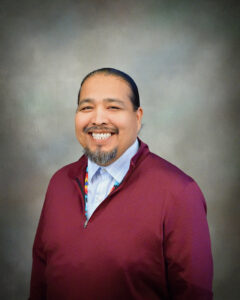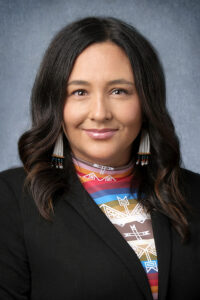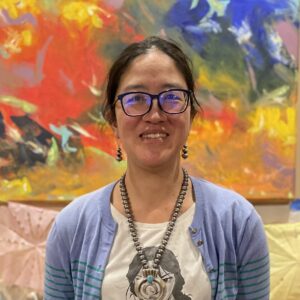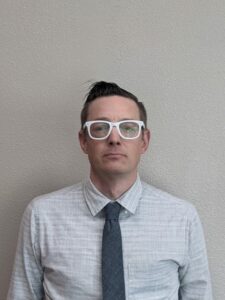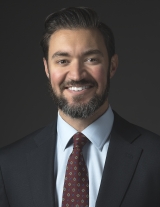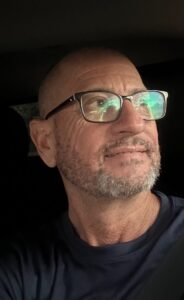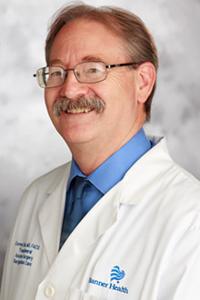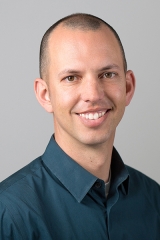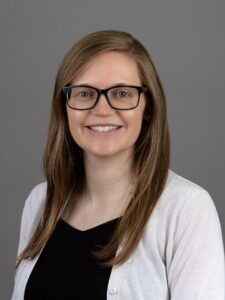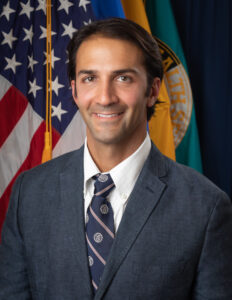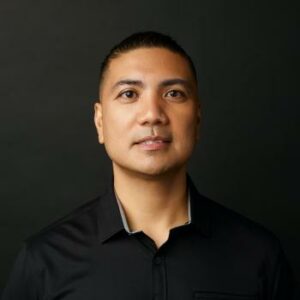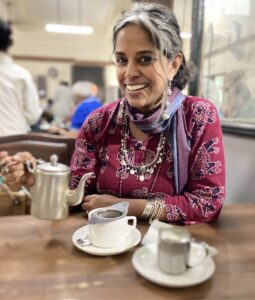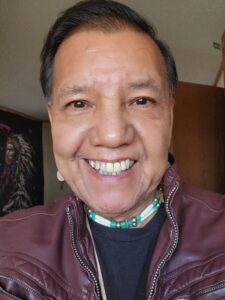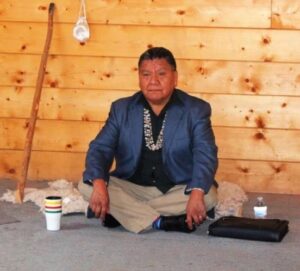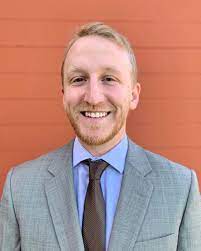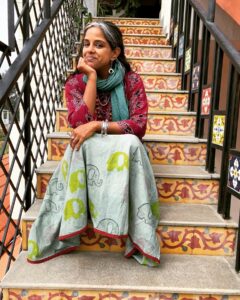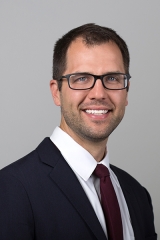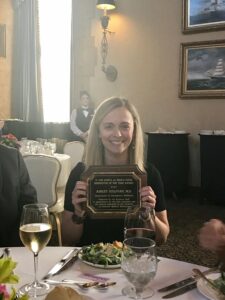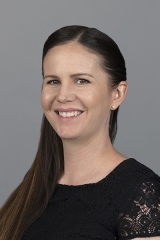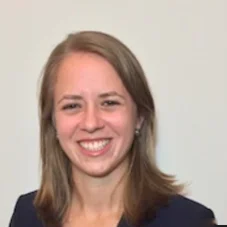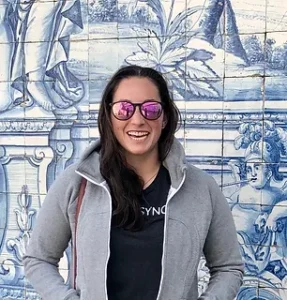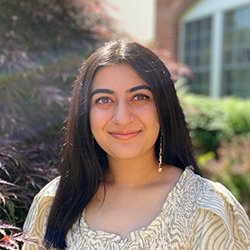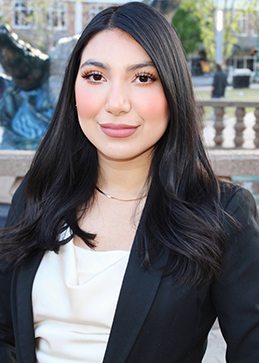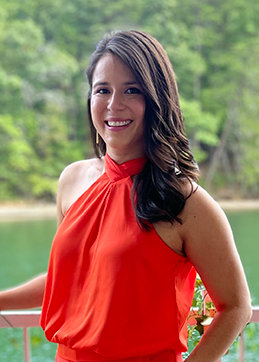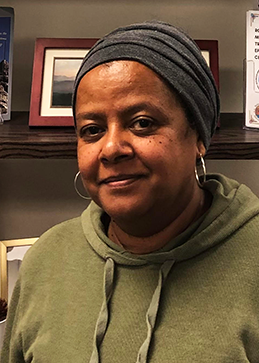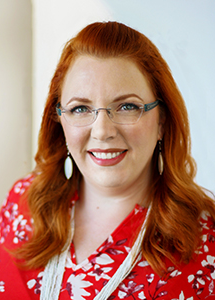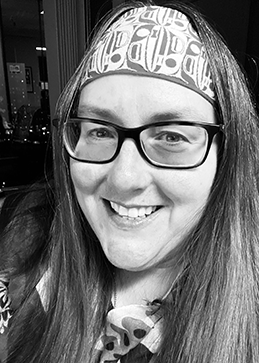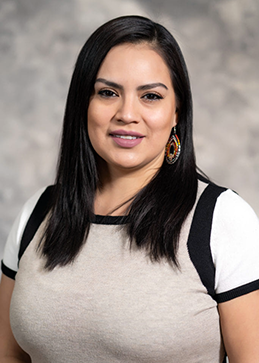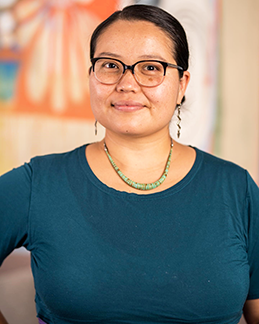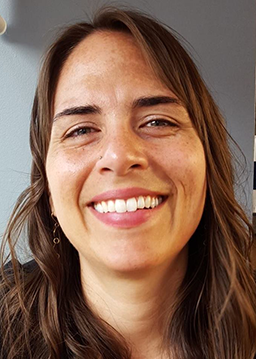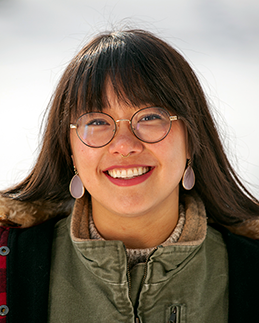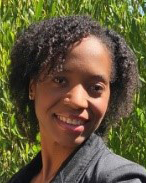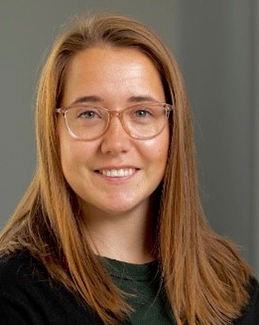Getting Creative During COVID

When the COVID-19 pandemic hit Tulalip in 2020, Veronica “Roni” Leahy, Dale Jones, and Brooke Guzman-Morrison found ways to get creative and serve community members with diabetes. Roni, the Tulalip Diabetes Program Manager of 15 years, manages the Special Diabetes Program for Indians grant, the diabetes registry, and teaches diabetes prevention classes. Roni credits the expansion and successes of the program during the pandemic to Brooke and Dale, who are both Tulalip tribal members. Dale, 79 years of age, is the program’s Elder Advocate, who does home and hospital visits, oversees all program activities, and imbues events with prayer, spiritual wellness, and good humor. Brooke, like Dale, also outreaches to community members through calling program participants and providing essential daily administrative support. Their story of success demonstrates the synergy that can form when program staff value each other’s expertise and listen and respond to those they serve.
Turning a Needs Assessment into an Intervention
When the COVID-19 pandemic started, Roni and her team heard reports that people with diabetes were more susceptible to complications from COVID-19. To address this, they quickly realized that they needed a way to remain in contact with their patients, provide educational services, and follow tribal and state guidelines without putting anyone at risk.
To assess the needs of program participants, the team created a telephone-based health survey that covered 34 topics and called all 236 patients on the diabetes registry. Through the survey, Roni, Dale, and Brook assessed patients’ access to different modes of communication (i.e., social media, text message, email) and how they wanted to receive health information. The team learned that 80% of patients had a smartphone, but nearly all patients wanted to receive communication via mail.
Roni, Dale, and Brooke realized that in order to reduce COVID-19 exposure and offer patients effective telehealth visits, patients would need access to medical equipment and supplies. To gather vital information in this area, the team used the survey to determine patients’ access to medical equipment, such a blood pressure cuffs, diabetes socks, scales, and thermometers. “All of those metrics we follow in the clinic, we needed to know if diabetic patients had the appropriate medical equipment at home,” Roni explained.
The survey was also used to identify patients’ immediate needs and offer support. The team put together a list of all the local food banks and offered these resources to patients if they identified that they were food insecure. The phone survey was also used as an education opportunity. During calls, Roni, Dale, and Brook gaged how often patients were checking their blood sugar and discussed the importance of checking sugars during times of stress, since stress can cause blood sugars to increase. Warning signs that would indicate that a patient should seek immediate attention were also discussed with patients.

Making Diabetes Education Fun and Meaningful Through the Mail
With the survey results in hand, the team put together a flyer explaining that education classes would not be in-person. Instead, each patient would receive a binder with educational materials. In addition, each month a “care kit” would come in the mail. The care kit would contain a medical device (such as a thermometer) and educational materials about how to use the device. If the patients collected all of the care kit materials, they would receive a prize at the end, such as a new coat, hat and scarf, or sweater.
“Making sure people have food, making sure that they have what they need if the doctor calls, making sure people have medicine. Those kinds of things were important to us so that patients could continue their care from home. We all wanted our patients to know we are here for them despite the restrictions in place for in-office visits.”
– Roni Leahy, Tulalip Diabetes Program Manager
To make the kits, the team consulted with different specialty providers at the clinic, who recommended patient-specific educational materials and medical equipment be included in each kit. For example, they made a COVID-19 care kit with items such as hand sanitizer, tissues, household disinfectant, masks, and immune boosting cough drops. In another kit, the clinic’s dentist sent rotary toothbrushes, mouth wash, tongue scrapers, and floss with instructions on how to care for your teeth when you have diabetes.
Recognizing the importance of Indigenous medicine, the team also worked with a local herbalist, Leslie Lekos, to include cedar sanitizing spray to cleanse the home and herbal chest rubs, immune boosting broth, and teas for cold symptoms.
The team immediately delivered essential supplies such as blood glucose test strips and other diabetes supplies to individuals who indicated on the survey that they were running out. The diabetes program also assisted patients with the costs of essential medications.

More than a Care Kit, a Caring Interaction
The team delivered a care kit to each patient every month. Dale recounted how the door-to-door delivery not only protected against COVID-19, but it also protected against another pandemic – loneliness. “I like this program because we reach out to the Elders. That brings a lot of joy to them.” Dale explained. “They open the door, and they want you to visit with them because they are lonely.”
Roni emphasized that Dale and Brooke’s relationships with community members provides the diabetes program with essential information on the needs of the community and how to meet those needs best. Of this she said, “It is truly essential for us to have community members in our clinical environments providing outreach efforts on diabetes prevention, because these two people [Dale and Brooke] sit at the table and represent this community every day they come to work. I know in order for a program to be successful and to meet the real needs in our community, we need to have the culture connection and tribal members within our work. They are the core of all we do here. They truly are our leaders.”
To learn more about how your program can integrate culturally appropriate diabetes care with evidence-based treatment, join Indian Country ECHO’s virtual diabetes clinics.
Read more about Tulalip’s Diabetes Care and Prevention program.
